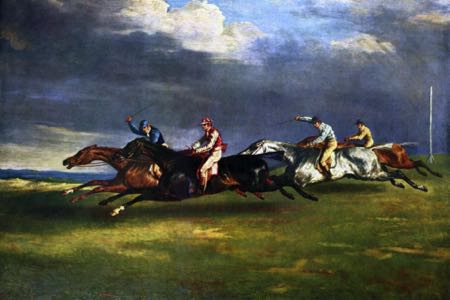
Elsewhere on this site you can read about the oldest racecourses, both in the United Kingdom and further abroad, but what about the oldest races? Those courses were built and opened for a reason, so how many of the races that were run on them are still taking place in the modern era? As you might imagine, some of the races have a fascinating history attached to them.
There is, of course, a difference between the oldest race to take place in a specific country, such as Australia or the United States of America, and the oldest one that is still run anywhere in the world. Regardless, we’ll try to answer the question in the most straightforward manner possible. Horse racing has long been a much-loved event, as the details of this article will help to prove.
The Races
Some of the most famous and most-loved races in the world, such as the Grand National and the Cheltenham Gold Cup, are veritable whippersnappers when compared to some of the oldest races on this list. Given that the practice of racing horses can be dated back to around 200 A.D. and the first record of a horse race committed to paper took place in 1174, it’s hardly a surprise that racing dates back hundreds of years.
Kiplingcotes Derby
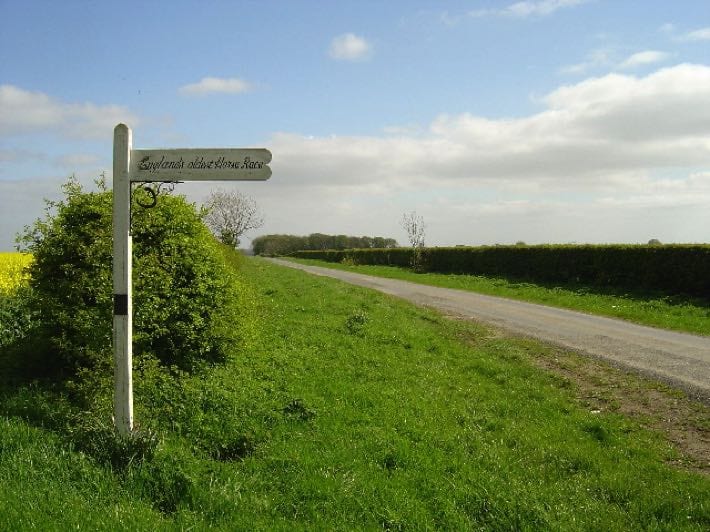
In any discussion about the oldest horse race in the world, there really is only one place to start. The Kiplingcotes Derby, which is run at Kiplingcotes in Yorkshire, began in 1519. It takes place on the third Thursday of March, almost irrespective of how bad the weather is. As an indication of its longevity, the 500th renewal of the event took place on the 21st of March in 2019.
As you might imagine, the race has a number of quirks that help it to stand out from other events on account of the fact that the rules of the event respect its history. It doesn’t take place on a racecourse in the modern sense, for example, but instead, is run along the verge of a roadside and a clerk is paid 25 pence, or five shillings in old money, to maintain the course during the year between races. Here are some of the other rules:
- The race is run over four miles of farm tracks and fields
- Horses must weigh ten stone, excluding their saddle
- The horses taking part can be any age
- All horses wishing to take part must be gathered at the starting post by 11 a.m. on the morning of the race
- The winner takes home £50, with the second-place rider taking home the remainder of the total entry fees paid
- If the race is not run in a year then it must never take place again
The rule about the race never taking place again if it isn’t run just once has led to a number of occasions on which just one or two riders have completed the course in order to ensure it survives. This includes the harsh winter of 1947 when only a local farmer was brave enough to ride it, as well as the foot-and-mouth crisis of 2001 and in 2018 when the courses was too waterlogged for most riders to take part.
Carlisle Bell
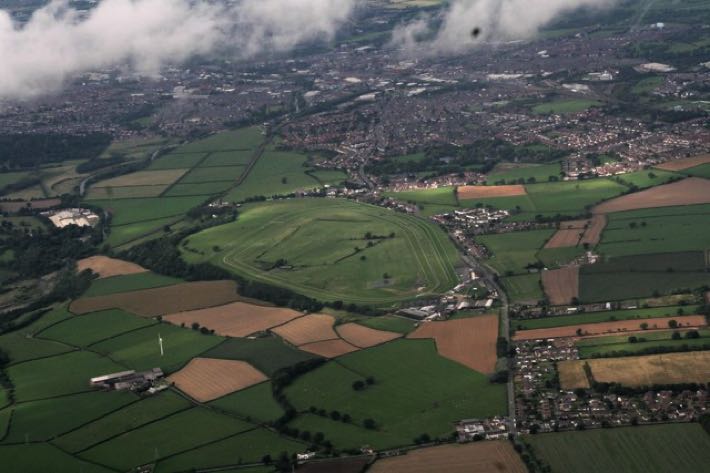
First run in 1599, the Carlisle Bell is a flat race that boasts a name relating to the bells that were awarded to the event’s first winner. This was during the reign of Queen Elizabeth I and the bells are believed to be the oldest prize in horse racing. Nowadays they can be seen in the Carlisle Guildhall Museum, which is considered by some to be the city’s best kept secret. The museum that is, not the bells.
The bells themselves are made up of two actual bells, with the first being two and a half inches in diameter and donated by Lady Dacre. The inscription on the bell, when altered into modern vernacular, says, “The swiftest horse this bell to take for my lady Dacre’s sake”. The second bell is slightly smaller, bearing an inscription that reads, “1599 H.B.M.C.” Many believe that means “Henry Baines, Mayor of Carlisle.”
Records from the 17th century suggest that the bells were amongst four prizes that were competed for at Carlisle Racecourse. It was thought that the actual bells had been lost for a time, only for them to turn up in a box in the town clerk’s office in the latter part of the 19th century. Silver bells were actually quite a common horse racing prize during the early years of the sport, in addition to plates and purses of money.
Doncaster Cup
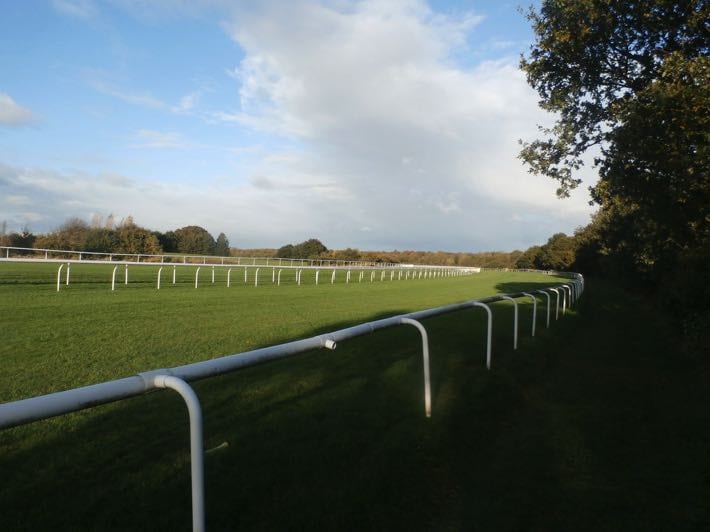
Chester Racecourse is the oldest racecourse in the world, but none of the races that took place there when it was opened in 1539 are still run today. A racecourse close to Doncaster can be seen on a map that dates to 1595, suggesting that it wasn’t too far behind Chester in having races run on it. Perhaps that’s why the Doncaster Cup is considered to be the oldest regulated horse race in the world.
First run in 1766 when it was known as the Doncaster Gold Cup, the race existed around a decade before the St. Leger Stakes took place for the first time. Both events take place at Doncaster Racecourse, giving you a sense of the course’s importance to the history of the sport of horse racing. The Doncaster Cup is the oldest surviving race from the racecourse, where it was moved to ten years after it was first run.
The race was contested over four miles when it was initially run at Cantley Common, eventually being shortened to two miles and five furlongs in 1825. The length of the race was changed a number of times in the years that followed, eventually settling at two miles and two furlongs in 1891, which has remained its length since. Nowadays it is part of the Stayers’ Triple Crown alongside Ascot’s Gold Cup and the Goodwood Cup.
St. Leger
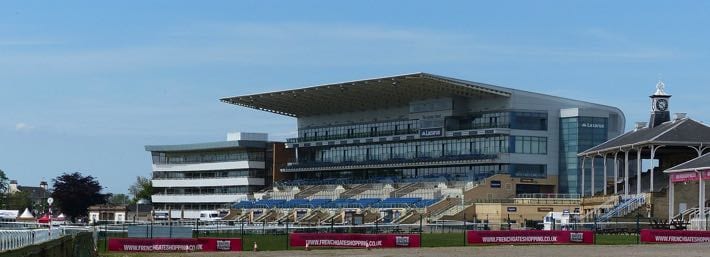
If you’re going to talk about the Doncaster Cup then it’s only right to mention the first of the English Classics, which was inaugurated a decade later at the same racecourse. Devised by an army officer and politician from the area named Anthony St. Leger, it was originally intended to be a ‘sweepstake of 25 Guineas’ and run over two miles. The initially rules stated that colts and geldings would carry eight stone and fillies would get a two pound allowance.
As with the Doncaster Cup, the first running of the race took place at Cantley Common and didn’t move to Doncaster Racecourse until it opened. The name of the race was reportedly decided upon at an Inn in Doncaster in 1776, with the initial suggestion that it should be named the Rockingham Stakes after the Marquess of Rockingham. The Marquess, however, decided it should be named after the man that created the race.
Though it is now considered to be one of the best flat races in Great Britain, it initially struggled for prominence and only really gained national attention when a horse named Champion won it and the Derby in the same year. It was cut to one mile, six furlongs and 193 yards in 1813 and, a few minor changes aside, has remained the same pretty much ever since, with the exception of being closed to geldings from 1906 onwards.
Epsom Oaks

Given the manner in which British horse racing went on to influence the sport all over the world, it should come as no surprise that all of the oldest races are ones that were run in Great Britain. Whilst the 1,000 and 2,000 Guineas might be two of the better known of the Classics of British flat racing, they’re also the two youngest. The St. Leger is the youngest of the lot, but the two Epsom races weren’t far behind.
In the case of the Epsom Oaks, which was named after an estate close to the east of Epsom Racecourse, it was run for the first time in 1779. It soon became one of the leading events for horses aged three, perhaps not least of all because the inaugural winner was owned by the 12th Earl of Derby who leased the estate that the event was named in honour of. There have been fluctuations to the rules over the years, as you might expect.
Prior to 1892, for example, horses called a range of weights. It was only in 1892 that it was it decided that they should carry nine stone, which has remained the case ever since. Run over one mile, four furlongs and six yards, the race inspired numerous similar events in other countries around the world as the sport of horse racing was introduced to them. This includes the likes of the Preis der Diana in Germany and France’s Prix de Diane.
Epsom Derby
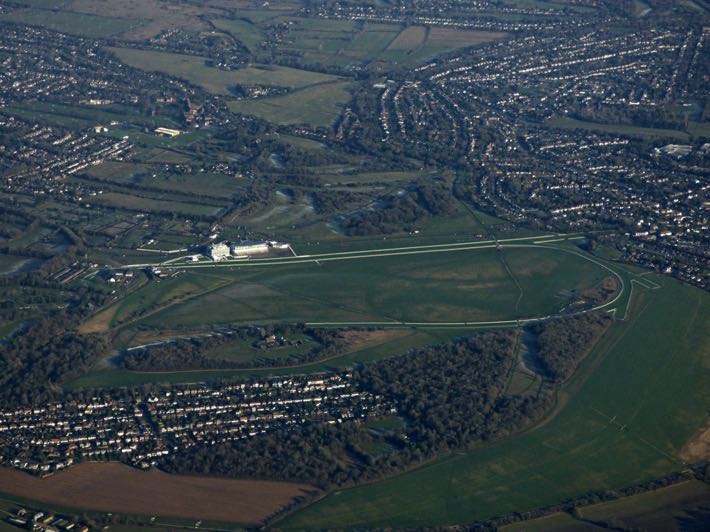
The Derby Stakes, which is often referred to as the Epsom Derby or just the Derby, is a Group 1 flat race that was first run in 1780. Run a year after its fellow Classic, the Epsom Oaks, it was created at a celebration of the Oaks. Legend has it that it was either going to be named after the host of the celebration, the 12th Earl of Derby, or else one of the guests, Charles Bunbury. Some believe that the final decision was made by the toss of a coin.
Whilst it’s more likely that Bunbury simply deferred to the host, it is still the case that the race was created in the days before any formal naming system of such events had been put in place. It was first run on the fourth of May 1780 and was won by a colt owned by Charles Bunbury named Diomed. Initially run over one mile, it was increased by half a mile in 1784 and has remained at that length since.
Unsurprisingly, the event has undergone a number of alterations over the years to things such as its starting location and when it is held. Initially run on a Thursday, it was moved to Wednesday in 1838 in order to allow it to fit in with the railway timetables. It has taken place at Epsom in all years apart from during the two World Wars and, as with the Oaks, has inspired numerous alternatives around the world.
Johnny Henderson Grand Annual Chase
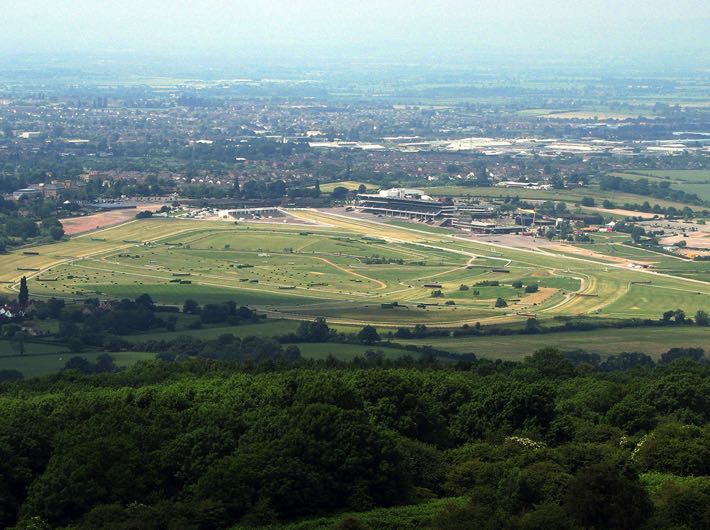
In terms of jump racing, one of the oldest events that still takes place today is the Johnny Henderson Grand Annual Chase. It was run for the first time a full five years before the official first running of the Grand National, though its history is decidedly complicated. It initially took place in Andoversford, not far from Cheltenham Racecourse, and was run over three miles.
The main reason for the complexity of the race’s history is the fact that it was discontinued in the 1860s and wasn’t run again until the next century. Initially it was rotated around the likes of Leicester, Warwick and Melton Mowbray before essentially settling at Prestbury Park in 1913. The fact that it wasn’t a permanently run race means that there is some debate about whether it is even the same race.
It has certainly undergone some changes over the years, not the least of which came about ahead of the running in 2019. This was the point at which it was moved to become the final race of the Cheltenham Festival, in addition to the maximum number of horses that can take part in it being limited to 20, down from 24. It was all part of the British Horseracing Authority’s 17-step plan to improve the welfare of horses at the Festival.